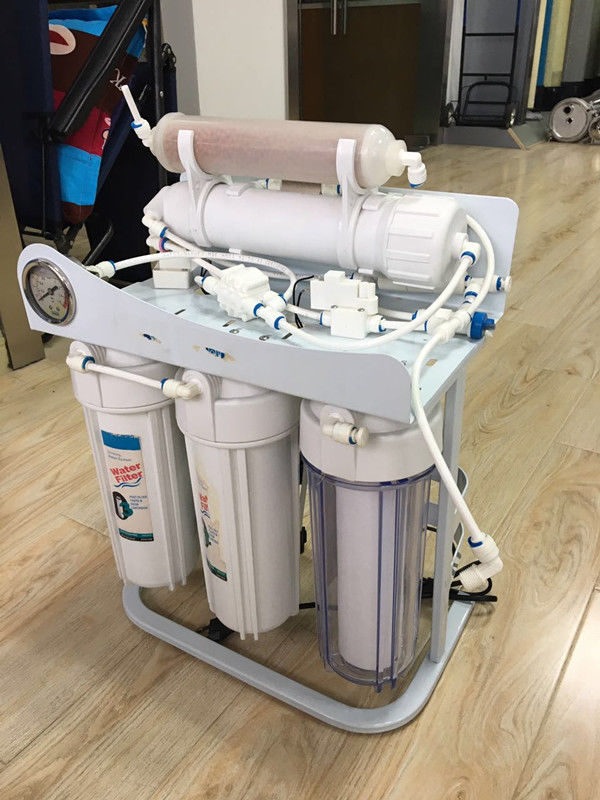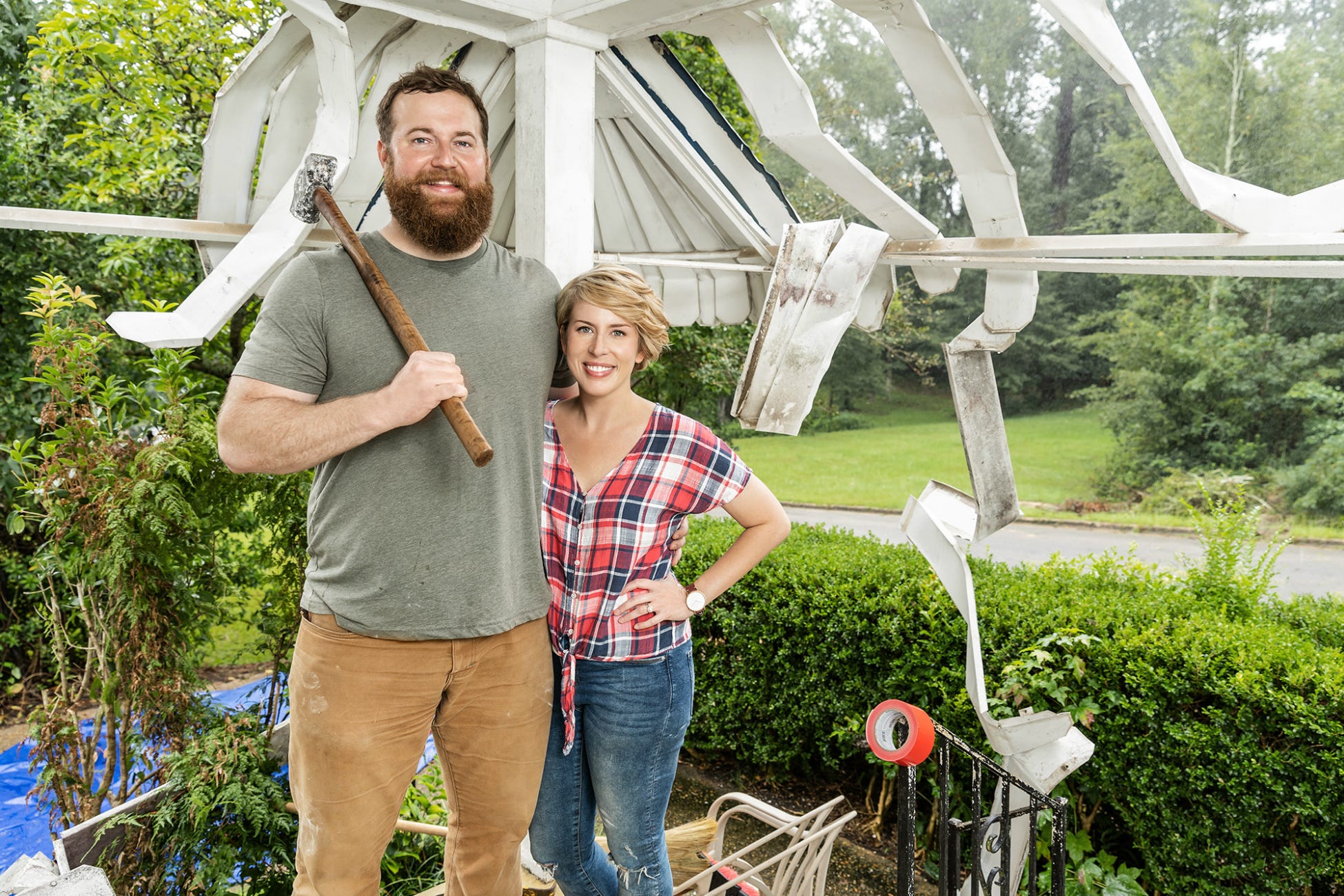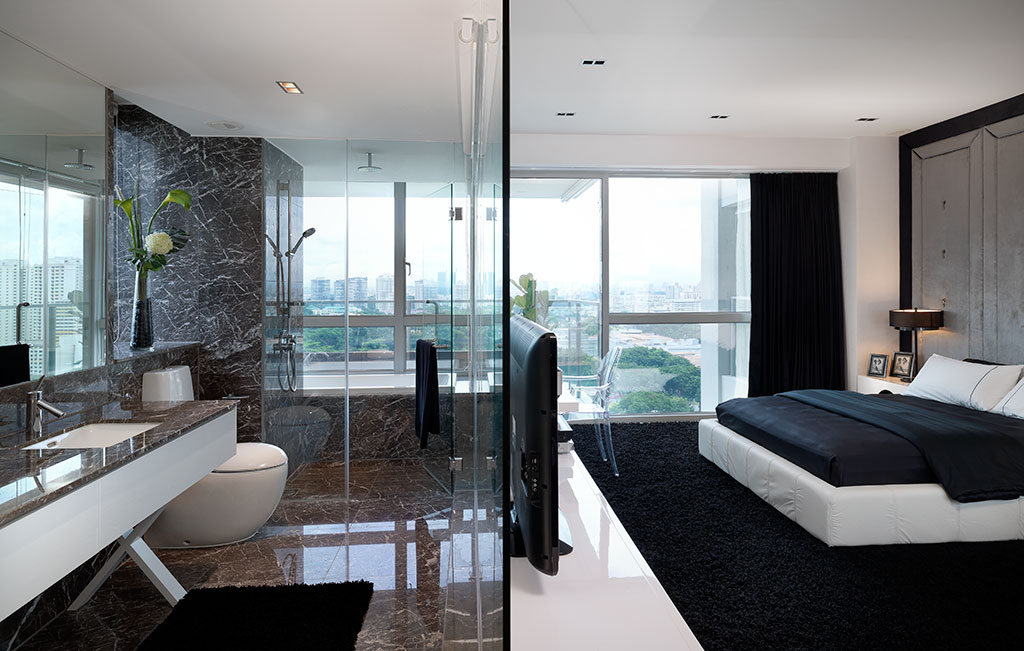Table of Content
If you used 300 gallons per day of municipal water in your home, this wastewater-to-filtered water ratio would mean that you’d also waste 300 gallons per day, bringing your total water use up to 600 gallons per day. The four stages of filtration offered by the WECO HydroSense allow for up to 99.9% contaminant removal. First, the sediment filter removes particles like silt and rust, before water flows through two 5-micron activated carbon filters.
Manufacturers can market their products to make you feel like whole house water reverse osmosis is the elite option – the best of the best; the unit that everyone should aim for. You can use the RCB3P in offices, restaurants, salons, labs, and, of course, your own home. The system combines pre-RO filters and three 100 GPD RO membranes, but you’ll need to consider post-treatment, like UV or alkalizing filters, yourself.
Replacement Filters + Membrane Kit for Water Depot 4-stage Platinum Reverse Osmosis System
The system takes up more space than some other options, due to its larger storage tank. If you’re interested in an efficient reverse osmosis system that minimizes water waste, other options may be a better fit. But to kick your bottled water habit and get filtered water on-demand from your sink, the Whirlpool WHAROS5 is a solid system that is straightforward to install and maintain. Typical reverse osmosis systems take up considerable space in the sink cabinet and require a countertop-mounted faucet dispenser. For renters, giving up a ton of space underneath the sink or installing a new fixture on the countertop may not be feasible.
This is particularly helpful in homes with low water pressure that may struggle to handle a whole-house reverse osmosis water filter. There isn’t a tank included with this system, which means you’ll need to purchase your own tank at an extra cost. An under-sink reverse osmosis system such as the APEC ROES-50 offers you out-of-sight filtration with on-demand filtered water from a countertop faucet dispenser. This popular pick stands out for its straightforward operation, sizable storage tank, and five-stage filtration. According to the manufacturer, it removes 93 percent of fluoride, 95 percent of iron, and 96 percent of lead and copper. You can expect each filter to last six to 12 months, with the reverse membrane filter and carbon filters lasting up to four years before needing replacement.
📊 Comparison Chart of Whole House Reverse Osmosis System
You’ll also need a path for the tube to bring water from the filtration system to the carafe. Yes, reverse osmosis filtration can help filter and eliminate the many contaminants found in groundwater to make it safer to drink. Whole home reverse osmosis water filtration systems are more commonly found on rural homes that rely on well water. There’s surprisingly little information online, both by the manufacturers of whole house reverse osmosis units and water treatment experts, on how often to change the filters in a POE RO application. Most whole home reverse osmosis water filtration systems come with a demand pump included, which increases the overall upfront cost of the system.

Optimum RO flow requires at least between 40 to 60 psi, and ideally no lower than 50 psi. Low water pressure will reduce the flow of water coming from your faucet, resulting in more waste and decreasing the efficacy of filtration. Most carbon, pre- and post-filters are really easy to change – you just click or twist to remove them from the main body of the unit, then do the opposite to install the new filters. It’s important to remember to replace these filters to keep the system functioning properly and ensure flow rate stays high. Tankless under-sink reverse osmosis systems are increasing in popularity – but it just wouldn’t be feasible to own a whole house RO water filter system without a storage tank.
Basic Steps to Installing a Reverse Osmosis Water Filter
You’ll need to perform regular maintenance and protect the system with additional filters, like water softeners, for it to last this long. But there are other, more affordable options that may be just as effective, such as a water softener or POE water filter. Remember, the water produced by RO typically has a low pH, which may not make it ideal for whole house use. If you’re just looking to filter your drinking water or avoid the costs of drinking bottled water, you don’t necessarily need to install a whole house water system. Luckily, many whole home RO systems are designed to waste far less water per gallon of filtered water, but it’s worth checking with the manufacturer if you can’t find information online.
No matter where you are in the house, if you’re using water in an appliance or from your faucet, you can guarantee that this water has been filtered to remove the bad stuff. If you’re looking for maximum protection against waterborne contaminants, whole house reverse osmosis systems are the answer. The iSpring RCB3P is a high-capacity reverse osmosis water filtration system for whole-home residential or light commercial use.
You can find plenty of options online for between $100 and $200, but don’t buy a pump before you buy a system, as many whole house systems include a pump as part of the package. You can use a pressure gauge to measure your water pressure in PSI if you’re not sure whether a booster pump is necessary for your home. Of all the residential water treatment options out there, whole house reverse osmosis is the most expensive. If you’re familiar with the unique benefits of an RO system, this shouldn’t put you off.
It’s also pretty hard to find remineralization filters that are suitable for whole-home use. If you’re not prepared for the long-term costs of looking after this filtration system, I wouldn’t recommend it for you. The manufacturer recommends using a pre-treatment to ensure the Defender can last up to 20 years. You can choose between the Anti-Scalant Injection System and the BodyGuard Plus Whole House Water Filtration System, depending on your preferences. Reverse osmosis membranes also need to be changed, usually once every 2 years, depending on the quality of your water supply. This doesn’t only improve water’s taste; it also makes it safer to store, as water with a low pH is at more risk of picking up contaminants on its journey to your faucet.
The replacement cycle is six to 12 months for PP Sediment, GAC, CTO, Post Carbon and pH Filter, 12 months for the UV Filter and 24 to 36 months for the RO Membrane. A standard 12-month warranty applies.This is one of the pricier filters, and it’s also the heaviest, coming in at 35.2 lbs. A whole house filter can remove the most common contaminants that you’re likely to encounter in city water. You can also get POE water filters that are designed for well water, if your home is supplied by a well water source.
The Brio Aquus is a spendy option for a reverse osmosis system, but it frees up cabinet space under the sink while producing up to 600 gallons per day of filtered water. This tankless reverse osmosis system has four filtration stages and impresses with its efficiency. While most reverse osmosis systems produce more wastewater than clean water, this system produces only 1 gallon of wastewater for every 1.5 gallons of clean water. You’ll be happy to know that POE RO filtration systems tend to have a really decent wastewater ratio. There’s a built-in booster pump that can increase the speed of purified water production.
The annual maintenance cost of a reverse osmosis system is about $50 to $100 per year if you do the regular maintenance yourself. Before you hire a home theater or home automation service in Gunzenhausen, Bavaria, shop through our network of over 12 local home theater & automation companies. Read through customer reviews, check out their past projects and then request a quote from the best home theater & automation companies near you. You will have ease of mind with H2O Depot because all of our water is from deep protected sources, is sodium free, and monitored regularly to ensure the highest quality. A demand pump switches on when there is “demand” for water (i.e. you switch on an appliance or open a faucet).



















